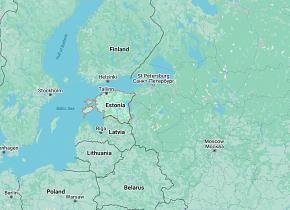Fukushima's back-up systems sabotaged by computer virus suggests Berkeley
Stuxnet malware is reportedly a contributing factor to the Fukushima nuclear disaster. Clue ... virtually every control system failed or reacted wrongly to emergency conditions. O Murchu is a 33-year-old Irishman and avid snowboarder. As manager of operations for Symantec Security Response, it was his job to review significant malware threats to determine if they should be analyzed in-depth. Malware containing zero-day exploits, however, were special and got examined by hand. Several layers of masking obscured the zero-day exploit inside, requiring work to reach it, and the malware was huge — 500k bytes, as opposed to the usual 10k to 15k.
Liam O. Murchu was the first to notice that Stuxnet was much more complex and sophisticated than previously believed. “Everything in it just made your hair stand up and go, this is something we need to look into.†Researchers in Symantec’s offices in Europe and the United States were among those who grabbed the code in July and created signatures for customers. But once they had done this, the malware passed to Liam O Murchu in the company’s Culver City, California office.
Generally malware this large contained a space-hogging image file, such as a fake online banking page that popped up on infected computers to trick users into revealing their banking login credentials. But there was no image in Stuxnet, and no extraneous fat either. The code appeared to be a dense and efficient orchestra of data and commands.
internet site reference: http://www.nuc.berkeley.edu/node/5230
Comments
There are 0 comments on this post
















